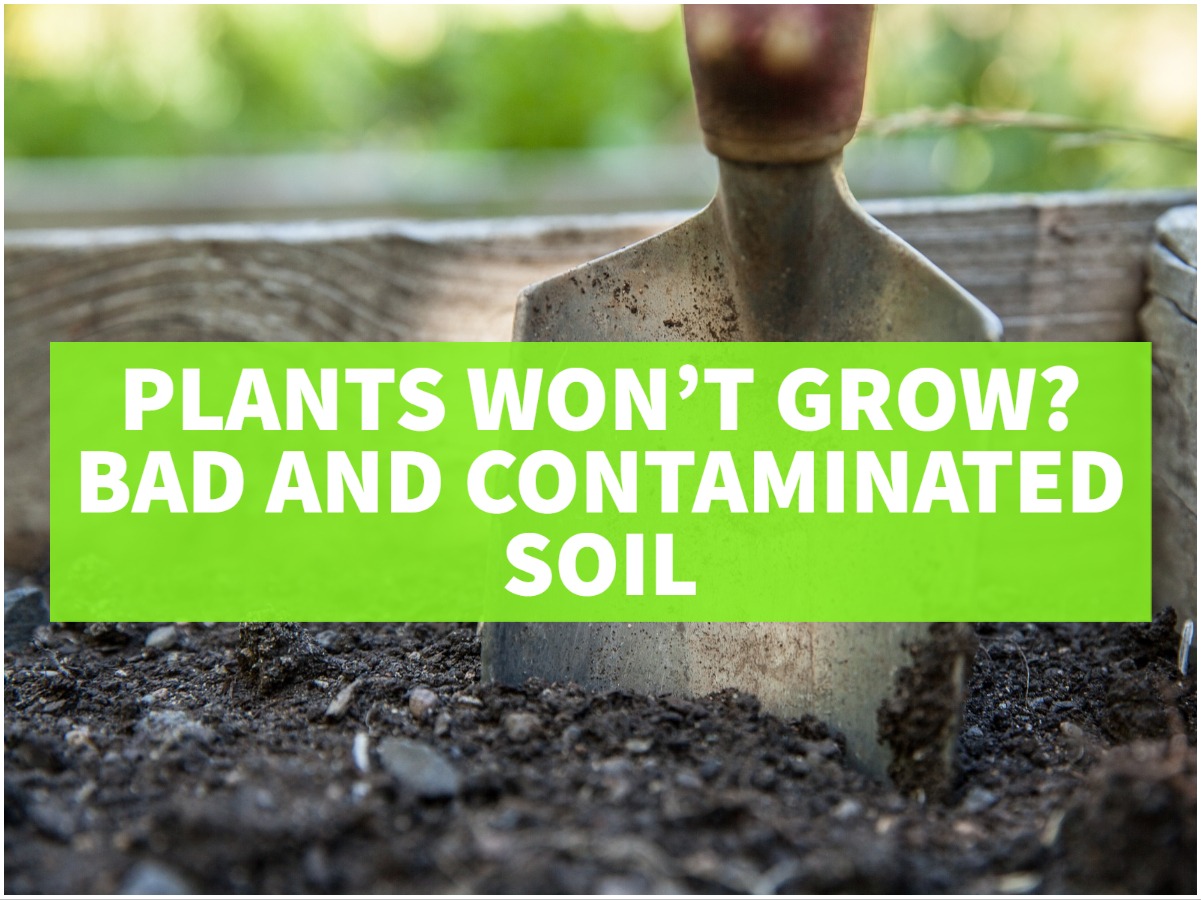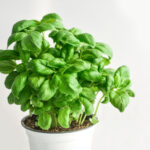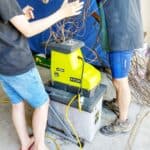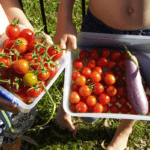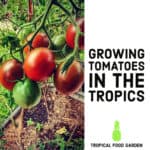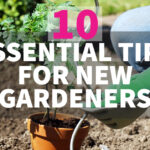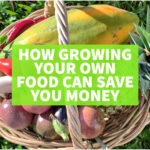This post may contain affiliate links.
Why won’t my plants grow? I’ve been there too. Plants not growing, seedlings not germinating, small, weak plants much smaller than they should be and taking far too long to grow. It may not be your fault, you may not have a “black thumb”. The problem could be your bought soil or compost not being good for your vegetables.
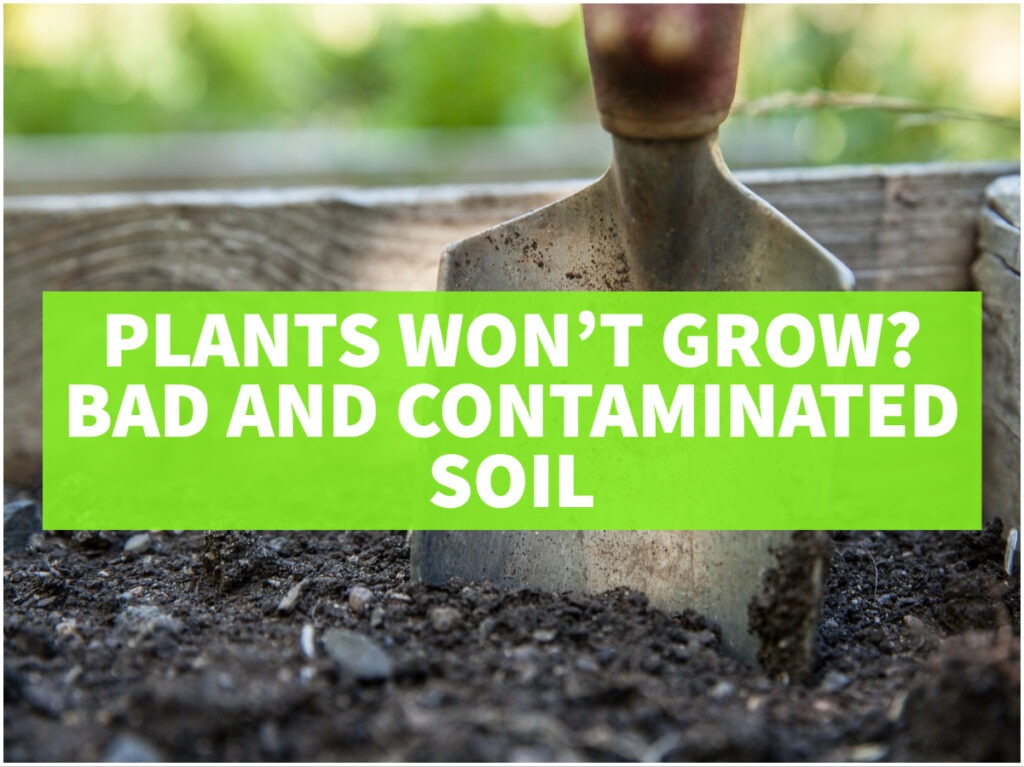
Why Won’t My Plants Grow?
If your plants aren’t growing or thriving it could very well be a problem with your soil or compost. It’s happened to me with seedings in seed trays of seed mix, with raised beds filled with bought compost or soil, and it’s even happened with my house plants.
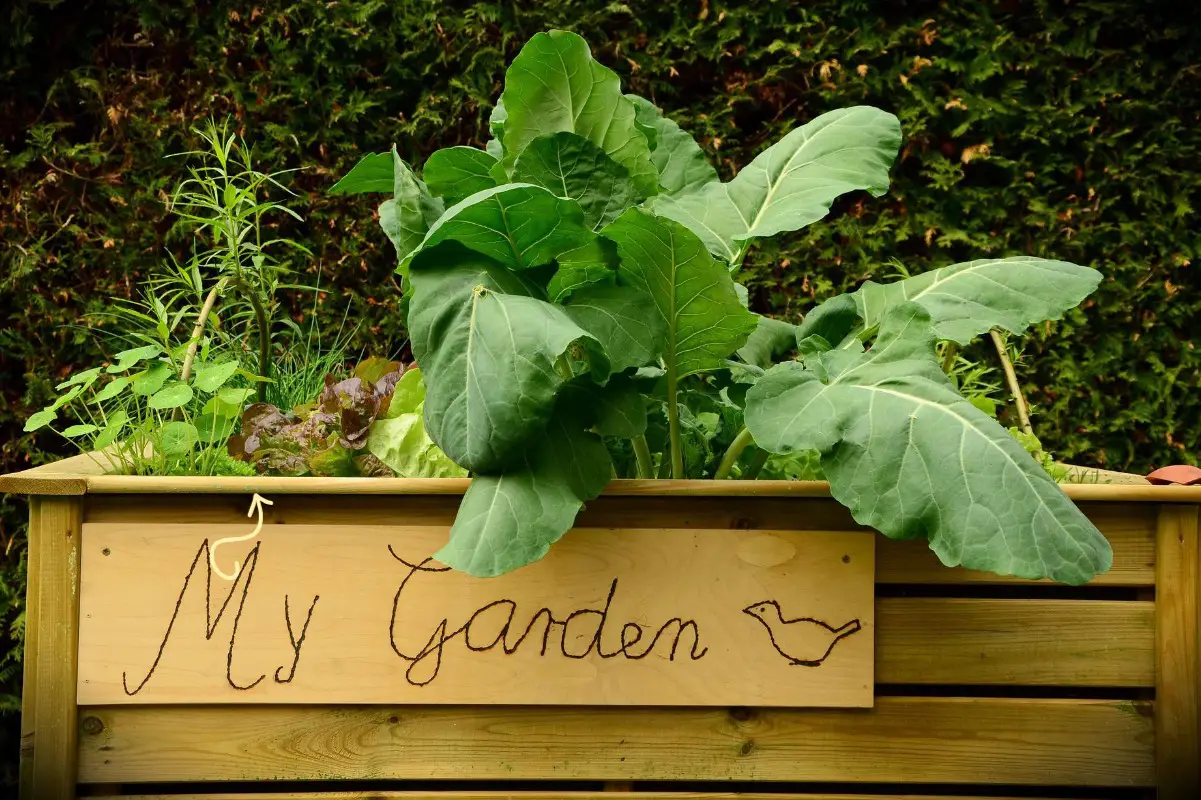
How do companies make money? By getting you to buy their product.
If you buy a plant, take it home, and it thrives, you won’t buy another one. You’ll also not buy that particular food from the supermarket giants, because you’ll be picking your own in no time. If it dies, you might just keep buying that plant thinking you’ve done something wrong and your supermarket shop stays the same.
Plants, seedlings, and starts you buy from the big stores and nurseries are often in terrible soil. Soil that is just good enough to keep them alive to the point of sale.
If you don’t get them into good soil or feed them, they’ll die. This goes double for those little packs of growing herbs from supermarkets. Get them into good soil and they make it, often.
The problem is, a lot of the soil you buy in bags is such poor quality that potting your plant up into these growing mediums won’t help much either.
These soils and composts are barely rotted bags of sticks and woodchip. I’ve often bought bagged soil containing badly chipped twigs and plastic, prices of rope, and bones. Plants will not grow in this.
Even if you buy the type of compost that contains added slow release fertiliser, it often just doesn’t work because the bagged stuff is devoid of life and organic matter. It doesn’t work, your plants won’t thrive.
Honestly, I’m yet to buy a bagged soil or compost in which plants would thrive straight away.
It’s either a barren wasteland with no food for your plants, or won’t hold water because it lacks well-rotted organic matter.
Plants in Raised Beds Won’t Grow?
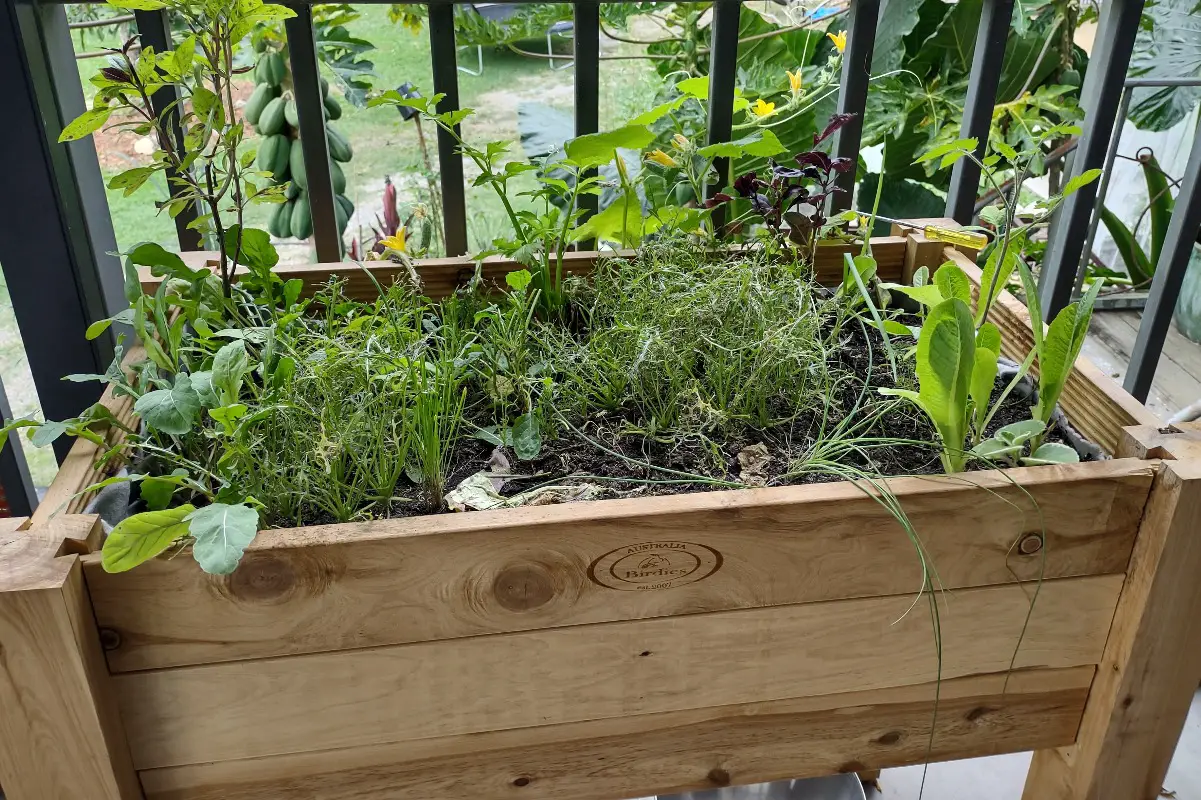
If you filled your raised beds with bought, bagged, soil, compost, mushroom compost, woodchip, or even a hugelkultur or lasagne method of filling a bed, it’s quite likely your plants won’t grow unless you have at least some good, healthy, live, soil or compost in there too.
I find that once the plants in raised beds get their roots down into the soil below, they take off and thrive. But if you have a very tall or deep raised bed and seedlings or shallow rooted plants, this could be months, or never. Your plants may just keep dying unless you keep giving them a bought or home-made liquid fertiliser.
If you put a thick layer of cardboard in the base of your raised bed (which shouldn’t really be necessary) you may have inadvertently made your problems even worse as you’ve created a barrier (which could contain harmful chemicals) between your bed and the live soil below.
And of course, the big stores want you to keep buying that chemical fertiliser.
What if you have no soil? I was in that situation in suburbia. Developers scrape off the topsoil, sell it, and leave new homeowners with a sheet of clay or sand. And good soil takes years to build.
This is one of the reasons we bought our farm, it came with some good soil and space to become more self-sufficient.
What if you just want to grow some herbs or tomatoes and chillies in a pot indoors or on a balcony, same problem, you’ll need good soil in a bag and it’s hard to find.
A new beginner won’t know if the soil they’ve bought even looks, feels, or smells good.
If your bagged compost looks like a bag of chopped sticks, it’s junk. It’s not rotted enough to provide any nutrition and this is a big problem for people trying to grow their own food to save money. At this time, with a depression looming, more and more people will be trying to offset huge food price rises by growing their own food.
Finding their cash wasted on food plants that won’t grow is a cruel blow.
But don’t give up, keep reading!
Contaminated Soil Will Also Kill Your Plants
Soil and mulch is being sold, all around the world, that is contaminated with weed killers, herbicides, that kill broad-leaved plants.
If you see leaves shrivelling, particularly on tomatoes, this could be your problem.
This hasn’t personally happened to me, but I’m cautious about what I use. Jess at Roots and Refuge has a video on her whole high tunnel being filled with bought, contaminated soil. She’s trying to fix the problem rather than start over, but this problem is real. Jess is in the US, but I’ve heard of this soil and mulch contamination occurring in Australia and all around the world.
Jess has a video on this and what happened to her. A new hashtag, #bearaindrop has appeared around this.
This is a huge and devastating problem, but just plain BAD soil is far more common. Are there fixes? Yes, of course, keep reading.
Bought soil can also be contaminated with arsenic. I know of this happening locally in Australia.
How To Fix Bad Soil or Compost
If your plants aren’t growing, are weak, small and shrivelling. Maybe they’re going yellow and dropping leaves, it’s very likely that you’ll need to improve, fix, or amend your poor-quality soil.
I’m assuming you’re watering your plants enough of course. Usually, soil should be moist and not waterlogged. Stick your finger in about an inch. Does it feel moist? If so that should be fine.
So how to fix your soil. Using commercial chemical fertilisers isn’t the answer. These are expensive and just an environmental nightmare.
Here are some ways to improve your rubbish soil or compost.
- Topdress with well-rotted manure.
- Topdress with homemade well-rotted compost.
- Add a small in-ground worm farm and add kitchen scraps daily.
- Add biochar.
- Add earthworms.
- Bury kitchen scraps deep in the soil.
- Add nitrogen-fixing plants or green manure plants to chop and drop
- Cover your soil with a good quality organic mulch which will break down into your soil.
- Add some good quality soil dug from your garden.
- Add worm castings
- Add coffee grounds (not always ideal)
- Use worm teas, weed teas, compost teas, dilute urine or weak manure tea
- Water it with water from your outdoor fish pond.
- Wait for the poor-quality soil to rot, become a habitat for worms, microorganisms and fungal life.
Obviously, the last option takes time, maybe a whole growing season, maybe a year or more, depending on your conditions.
The trick is, to turn a lifeless environment into a rich, diverse haven for your plants, teaming with life, that life aiding decomposition and fertilising the soil as it goes. Your soil should contain bacteria, fungi, tiny bugs and worms, that is what makes up a healthy soil that will nourish your plants.
So there you go. If your plants won’t grow, it likely isn’t your fault. Fix your soil, start composting. Start putting the life back into your soil and we’ll all be able to grow food plants to beat inflated food costs. #bearaindrop
